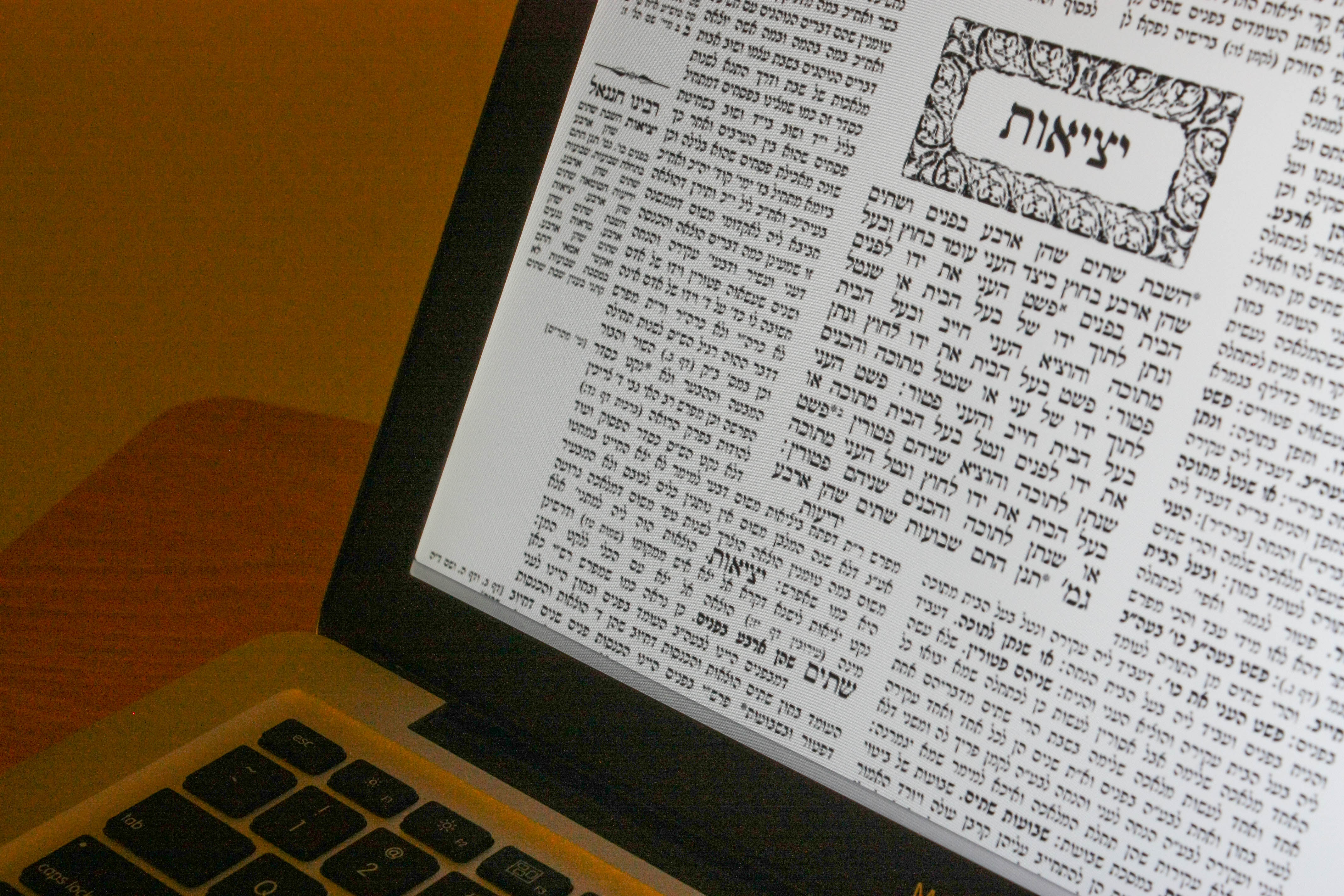The perpetuation of Judaism throughout the millennia has largely relied on one of its most important tenets: education. The Talmudic tractate Kiddushin (“Consecrations”; 29a) dictates that a father is obligated to teach his child three things: how to earn a living, how to learn Torah and, most oddly, how to swim. Although ensuring that Jewish youth are familiar with the breaststroke is no longer as imperative in Jewish communities, the first two obligations of vocational and Torah education have remained an embedded necessity for Jewish communities throughout the world.
Education has long been a core element of Jewish culture. In America, for instance, “Estimates vary, but perhaps 85-90% or more of young adult Jews go to college,” according to a 2008 Inside Higher Ed report. Jews have long valued higher education as a means of self-advancement. But, finding an educational model that caters to both a Jewish and secular education has proven more elusive at the high school, middle school and elementary school levels.
For Modern Orthodox and Conservative communities across America, the solution has largely relied on private community Jewish day schools of dual curriculum — composed of both secular and religious studies. While these schools had previously proven successful models for providing Jewish communities with a sufficient Jewish and secular education, they have increasingly run into several problems.
For starters, the inflated rate of tuition in conjunction with increasing financial hardships has left many families in an untenable position: the inability to afford providing their children with an adequate Jewish and secular education. According to the 2008 Orthodox Union summit report on Jewish education, “Schools with well-appointed facilities and enriched educational program matched by a panoply of extracurricular activities can cost about as much as prep school — more than $30,000 a year per student.” Moreover, even with the costs of “most day schools between $15,000-$20,000 a year” for each student, the prospect of equipping one’s child with an education is financially daunting. At these rates, the cost of tuition from elementary through high school can easily exceed a quarter of a million dollars per child, before college.
In fact, trends in the costs of Jewish education have become increasingly exacerbated with the onset of the 2008 recession. The findings of the Orthodox Union summit highlight the same distinct problems. The summit, which included one hundred Jewish educational institutions throughout America and Canada, came to two conclusions. First, “a profound change in how our communities view and contribute to day schools” is required, and second, “a vigorous effort toward attaining government funds to support our children’s education in day schools” is essential. The report goes on to highlight several means by which schools and institutions can effectively engage government entities for additional support. Inasmuch as the reports underscore the financial pressures being placed on Jewish communities in paying for a Jewish education, they fail to make more drastic and structural steps towards curbing the exorbitant costs.
In the last several years, a new model for delivering quality education has emerged. First implemented by universities as a means of constraining costs, blended education — a model that combines independent computer instruction with face-to-face traditional classroom method — is increasingly being applied to Jewish educational institutions throughout America. In a March 2013 article for Jewish Action entitled “Blended Learning: The Newest Frontier in Jewish Education?” Dr. Simcha Katz declares, “I believe that blended learning, while still in the experimental stages, may be one of the most exciting developments in the world of education, with particular effectiveness in grades one through twelve.”
In an interview with Ha’Am, Rebecca Coen, Head of School at Yeshiva High Tech — a blended learning Modern Orthodox high school in Los Angeles — opined on the ongoing tuition crisis, “For a family earning $250,000, especially with the costs associated with living in Los Angeles, at what cost do you give your child an education? The sacrifices families often have to make to ensure their child an education are often unfair.” Moreover, if current rates persist, by 2030, high school education could cost nearly $60,000 a year, according to Coen. With annual tuition of $9,250 per child, Yeshiva High Tech has managed to drastically reduce the costs of a Jewish high school education, especially compared with other options in Los Angeles of more than $30,000 annually.
However, the benefits of blended education are not entirely limited to cost. Teachers in traditional educational settings largely teach to the average student’s abilities, leaving out students with more exceptional or lagging abilities. Blended education, using online resources, allows for students to receive more individualized attention and work at a pace more conducive to their educational needs, according to Coen. In fact, “while traditional schools demand only one paper per term, Yeshiva High Tech students are expected to produce nearly 20 papers a year, allowing for them to build a stronger educational foundation.”
As the fabric of community Jewish day schools increasingly falls victim to pressures of costs, the delicate balance of catering to communal needs and offering a sufficient Jewish and secular education is slowly eroding. What the future of Jewish education looks like has yet to be determined, but efforts to reshape the balance and provide accessible and affordable education to Jewish communities through the implementation of new and innovative models is a promising start. With these changes, there still remains an enduring message: that a quality education is necessary for the continuation of Jewish life.

